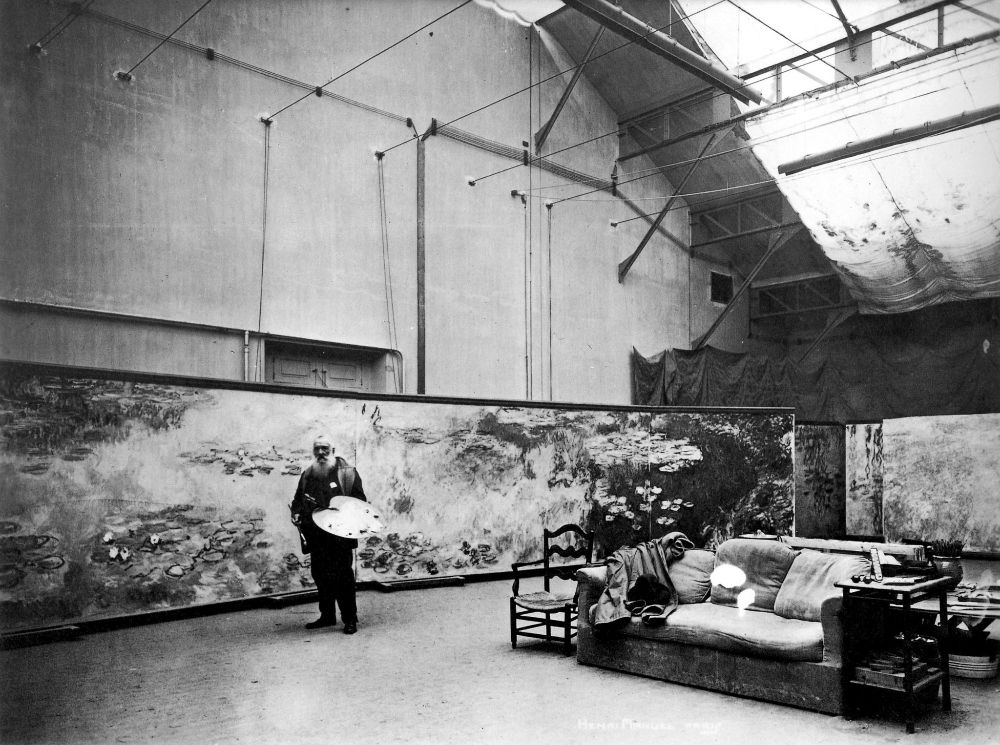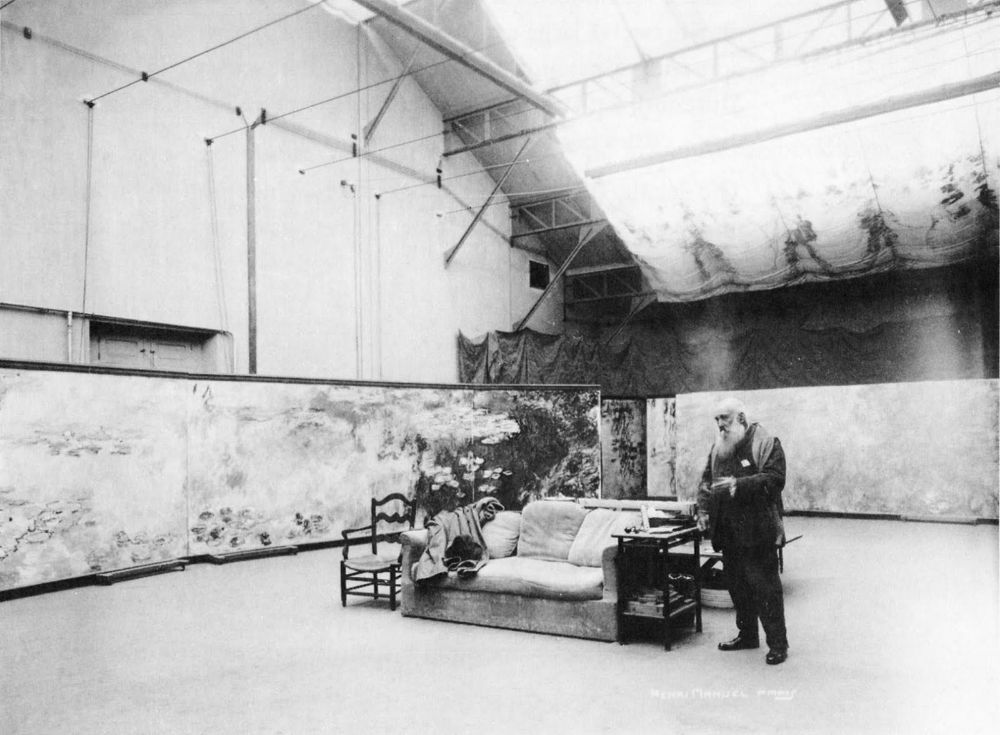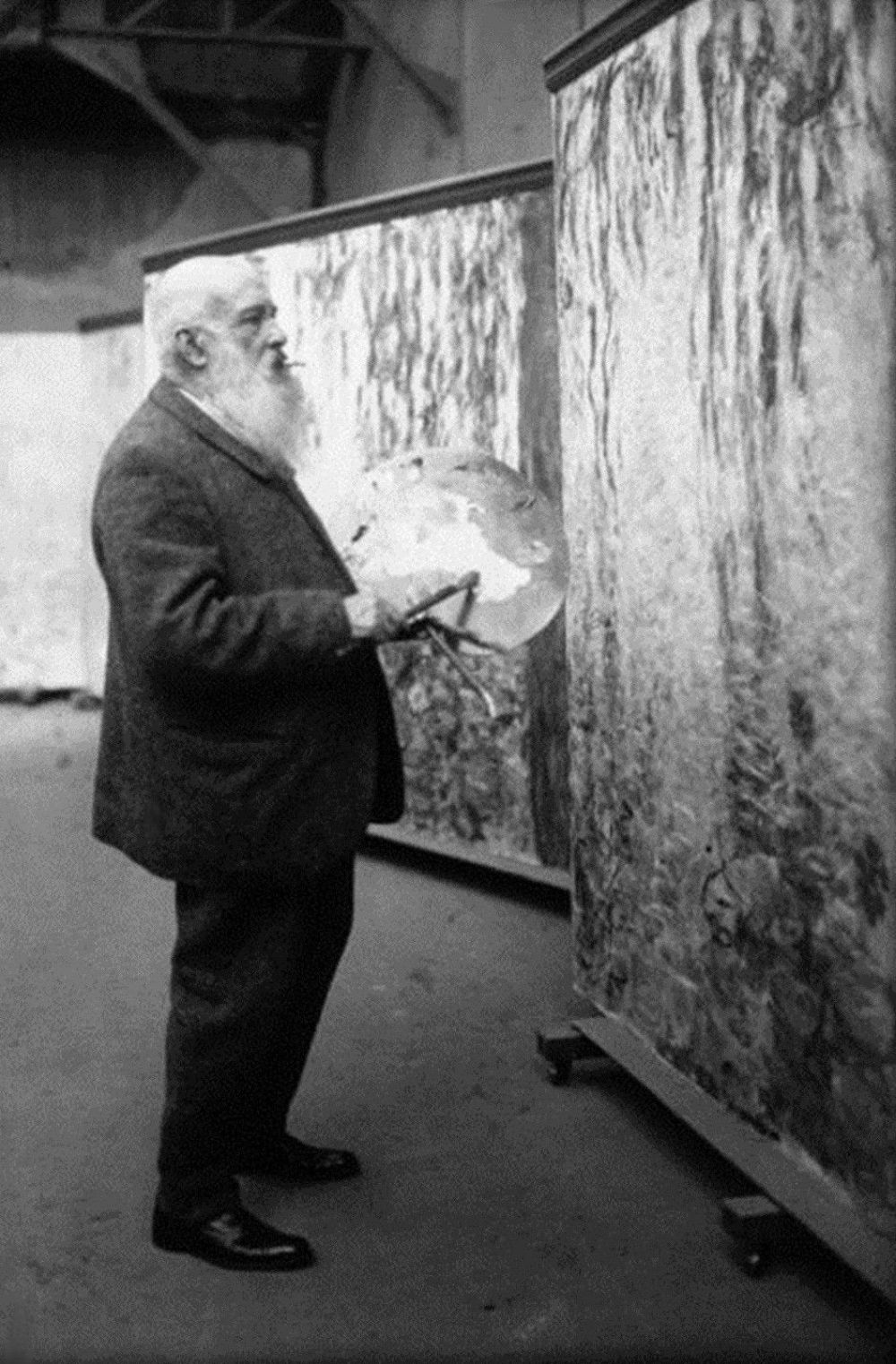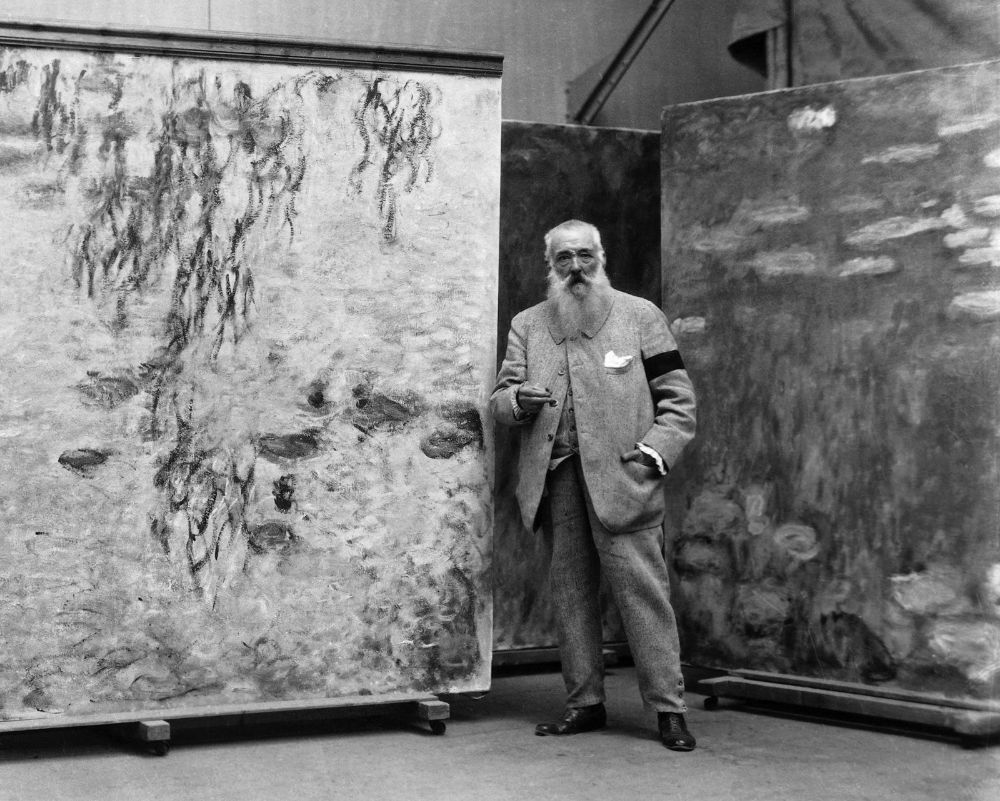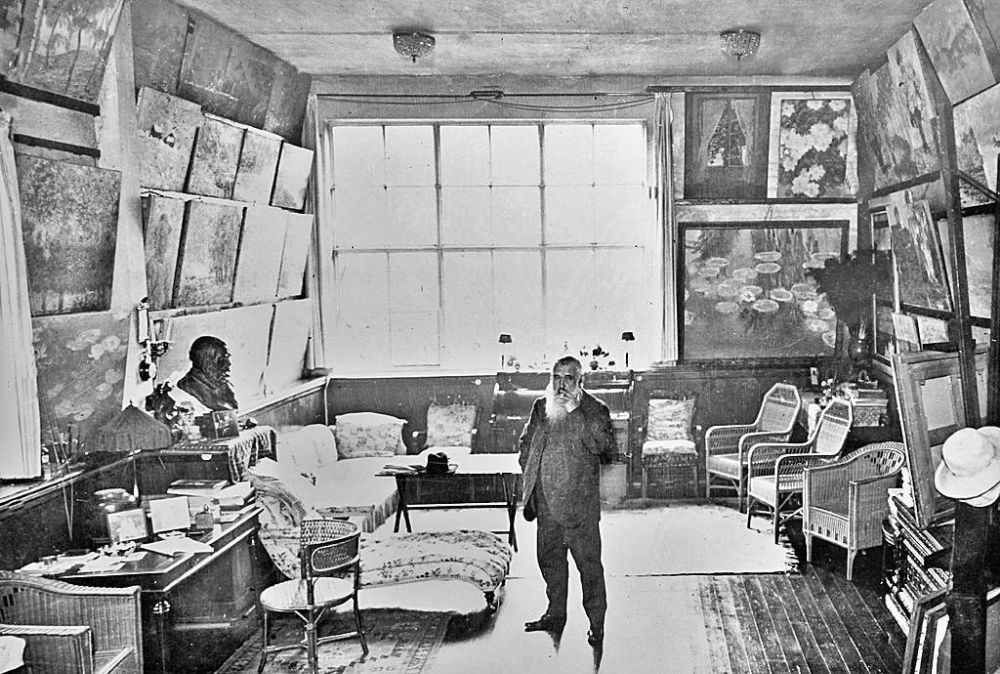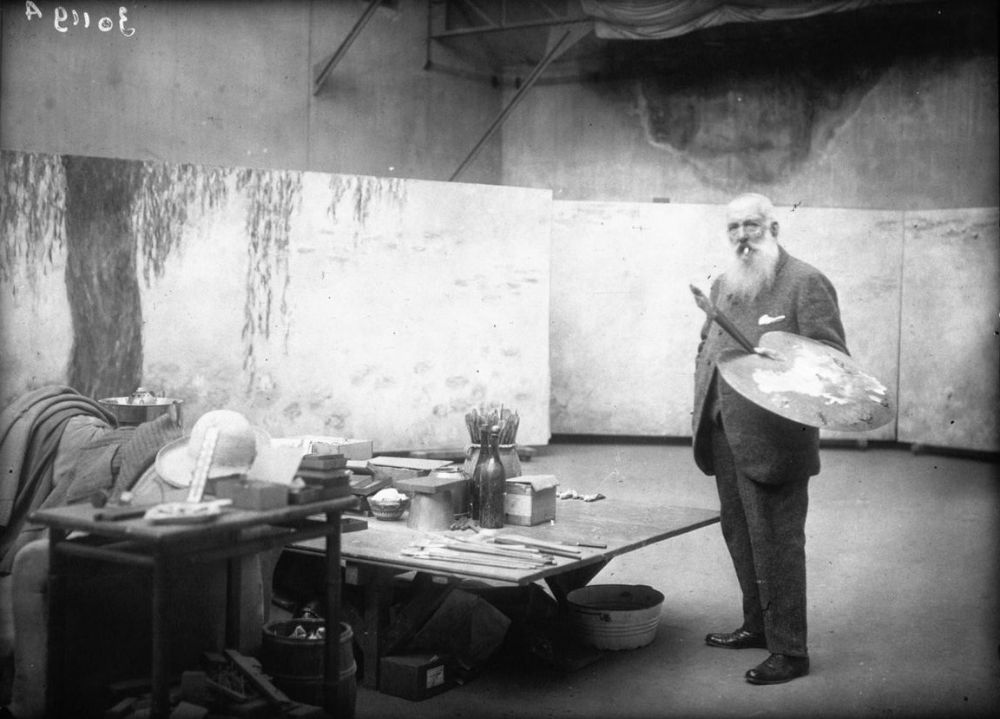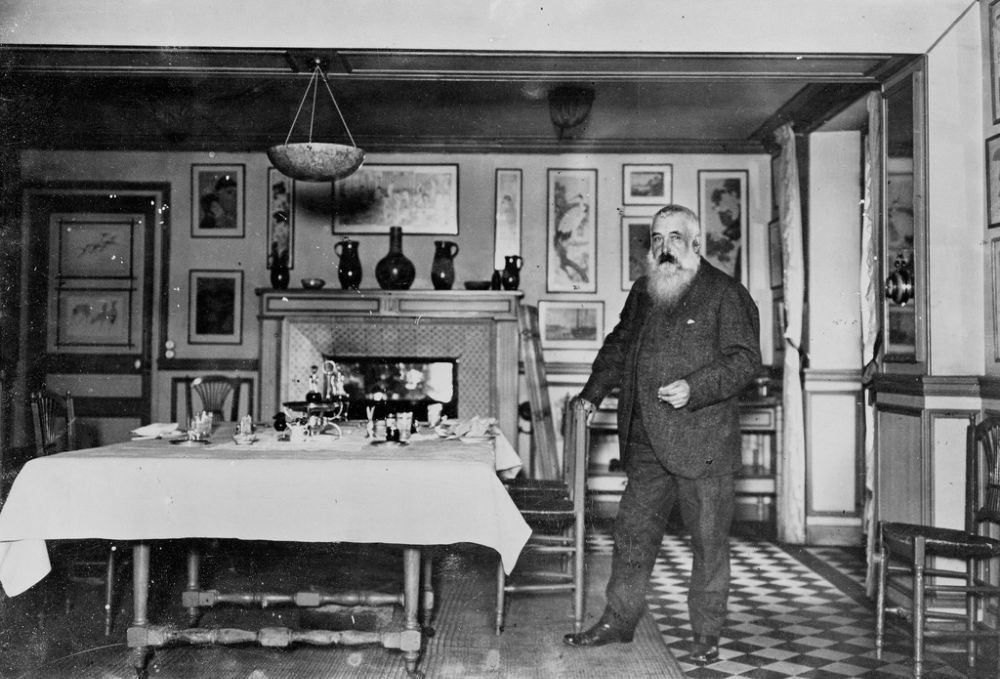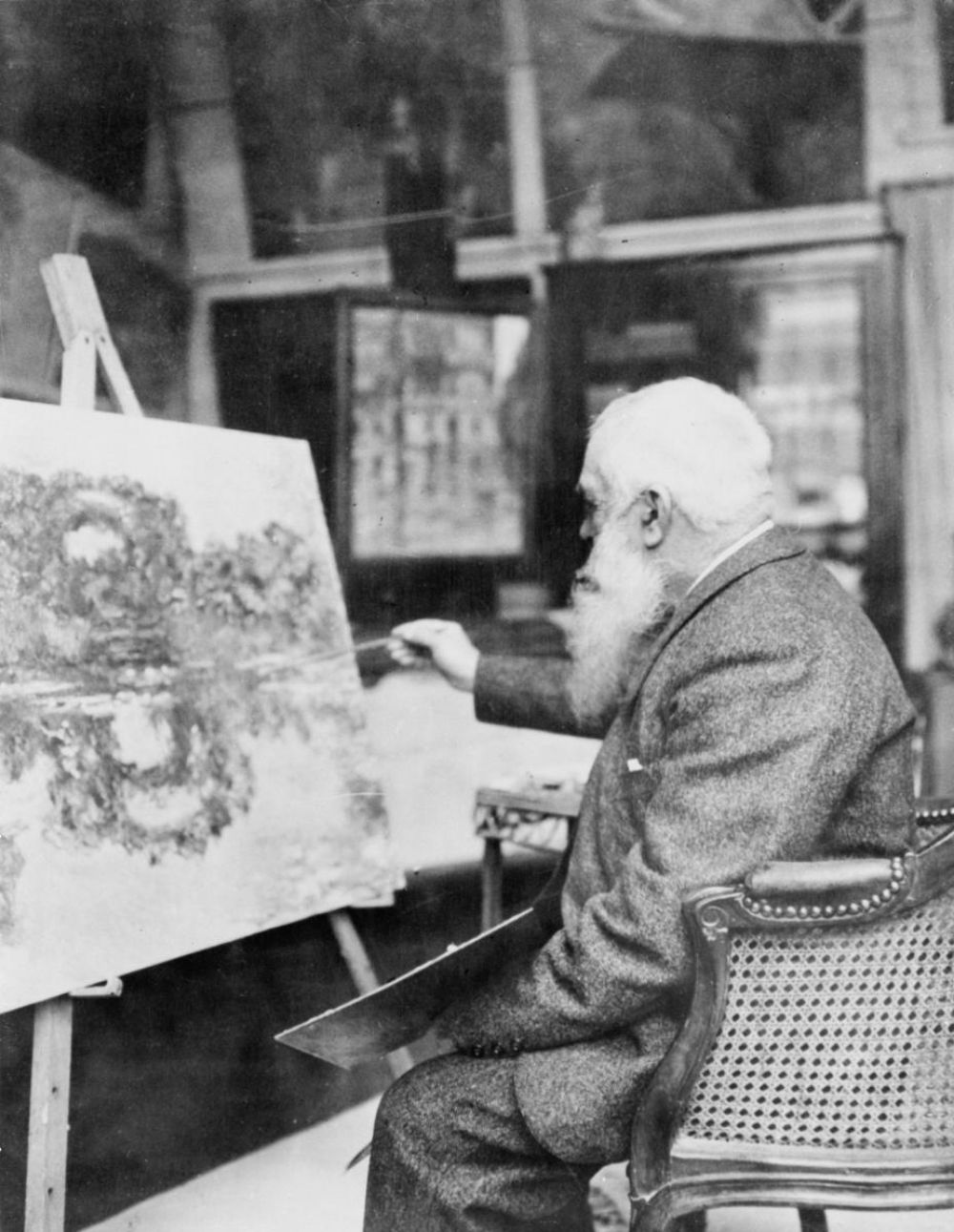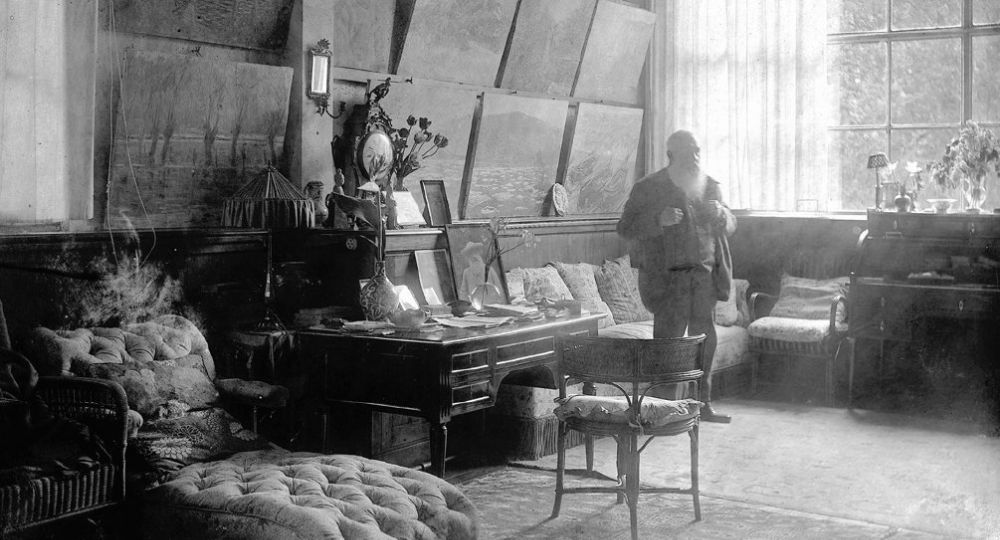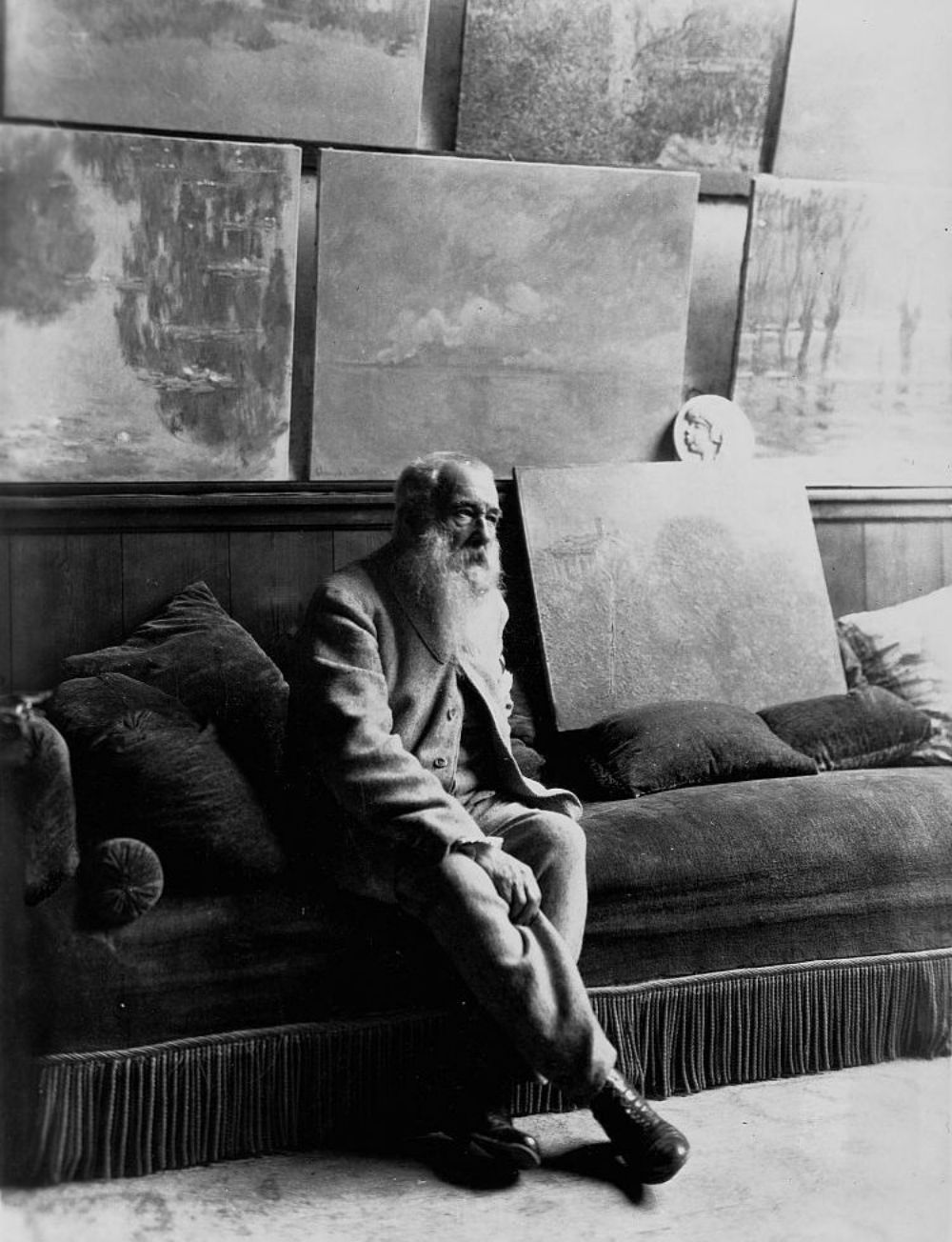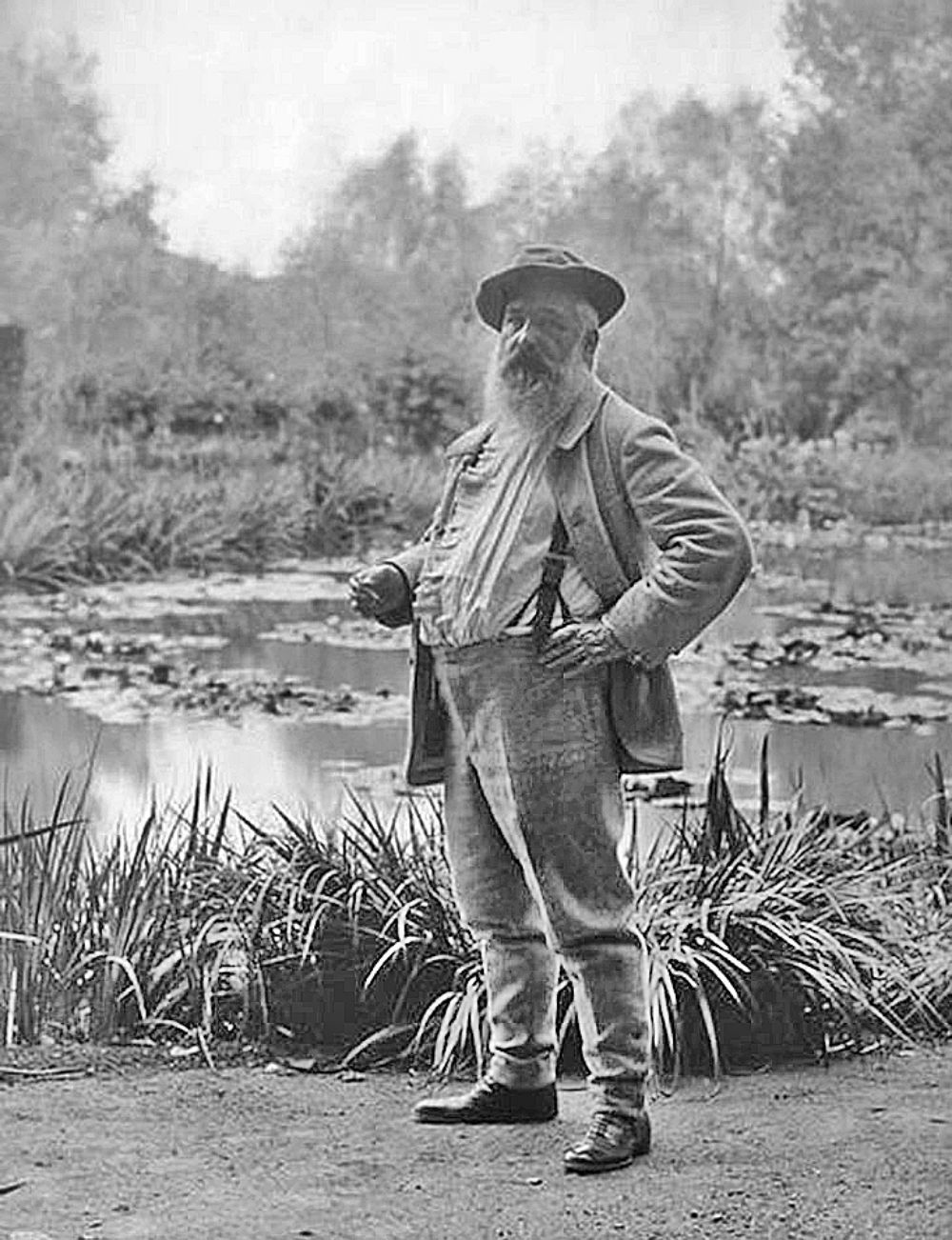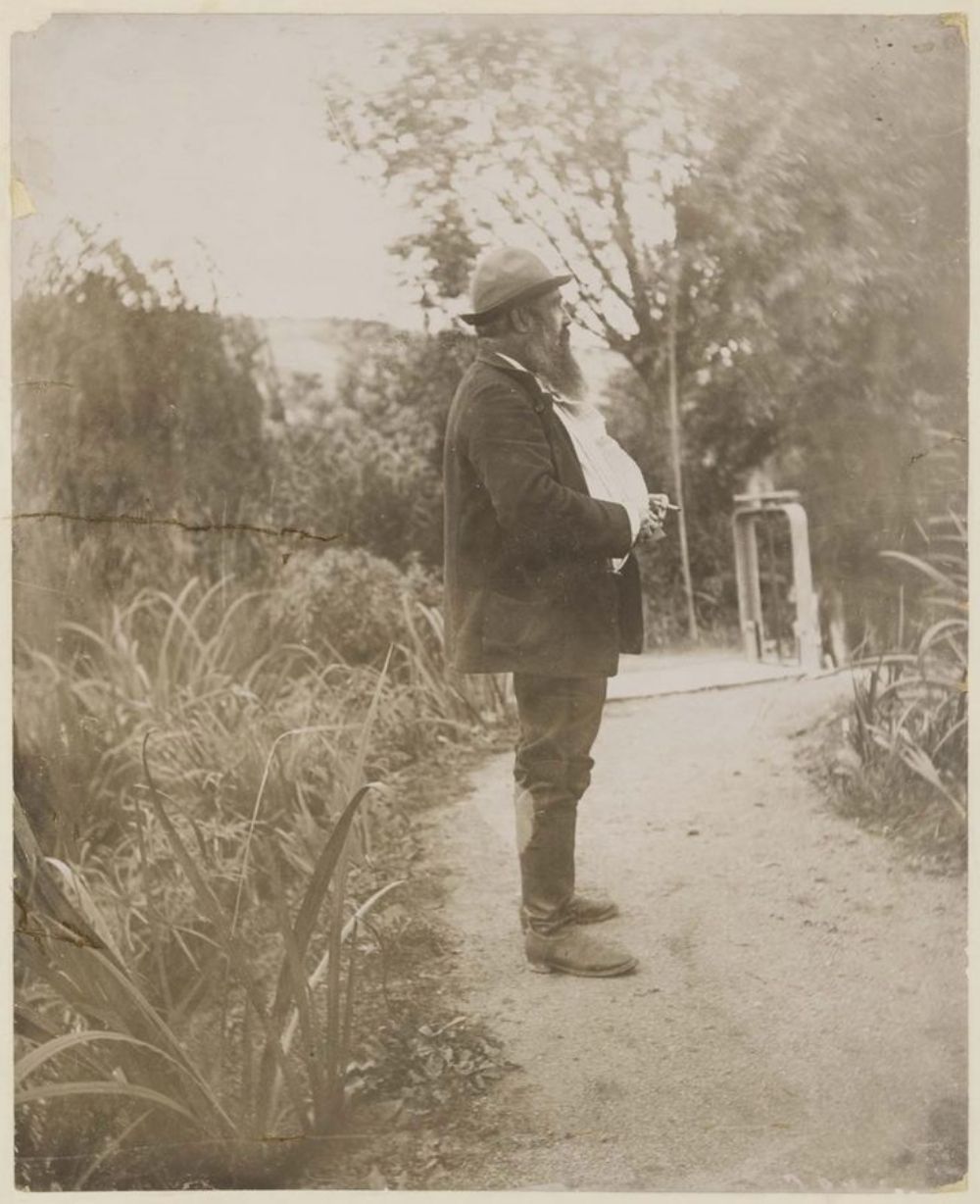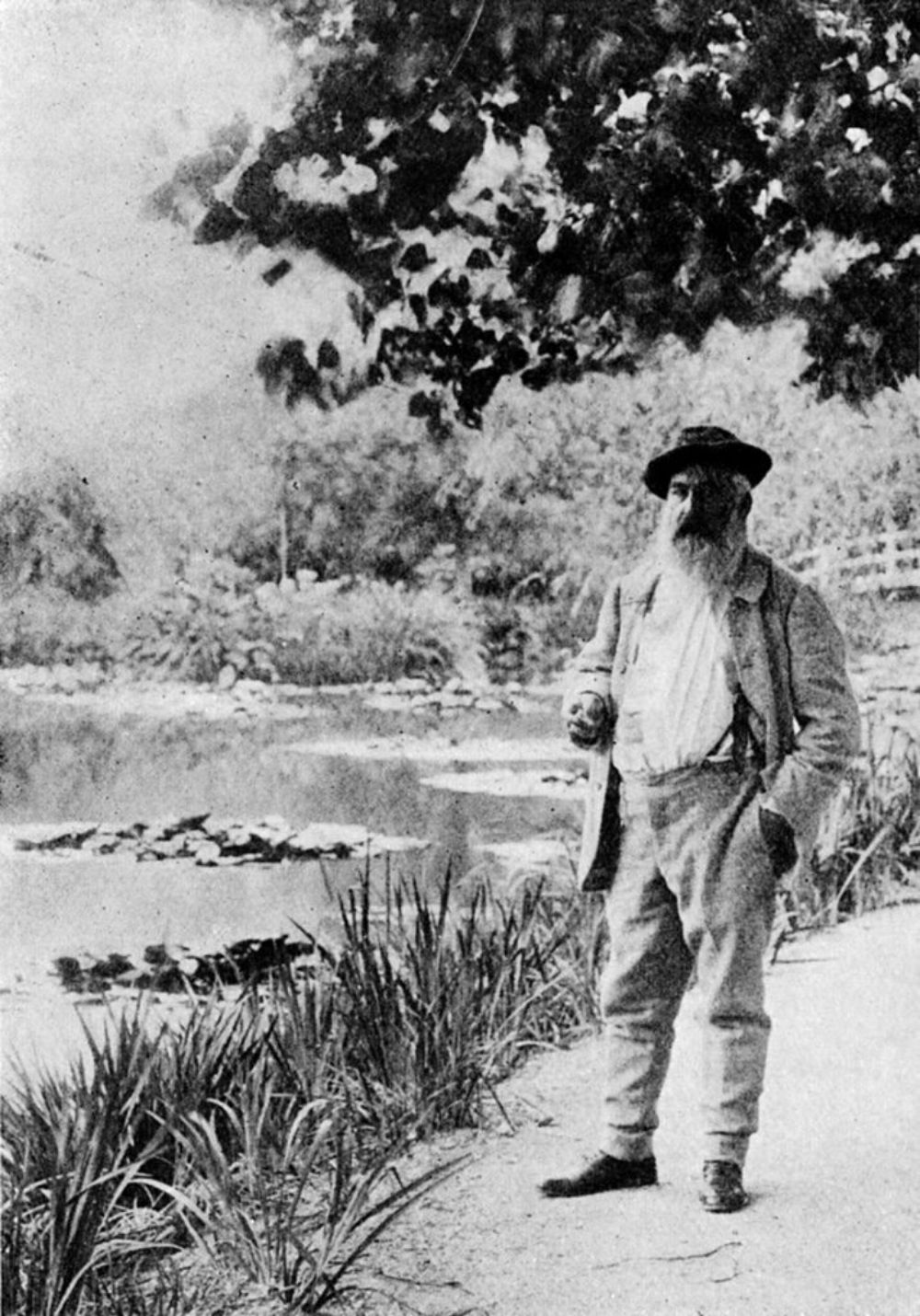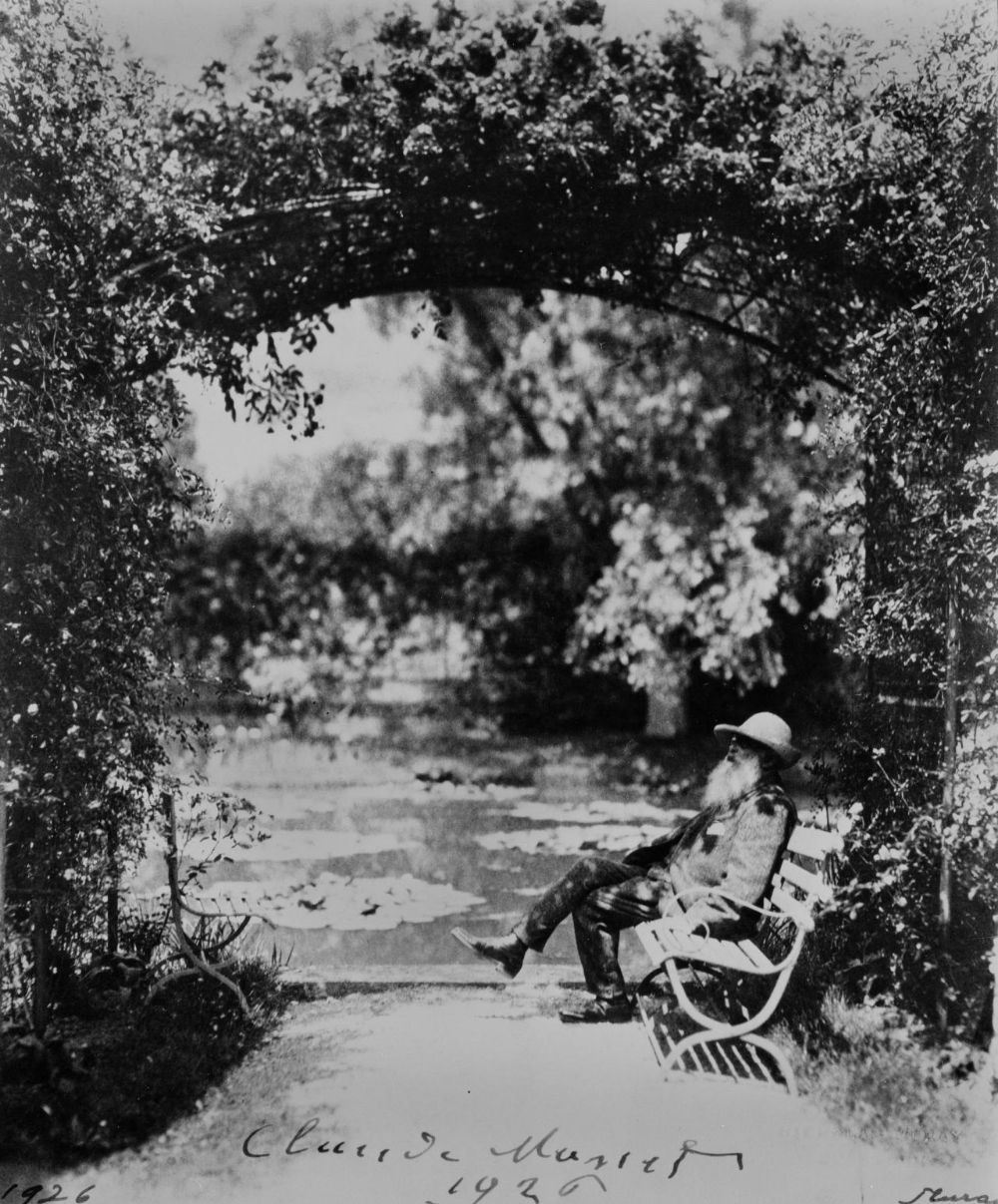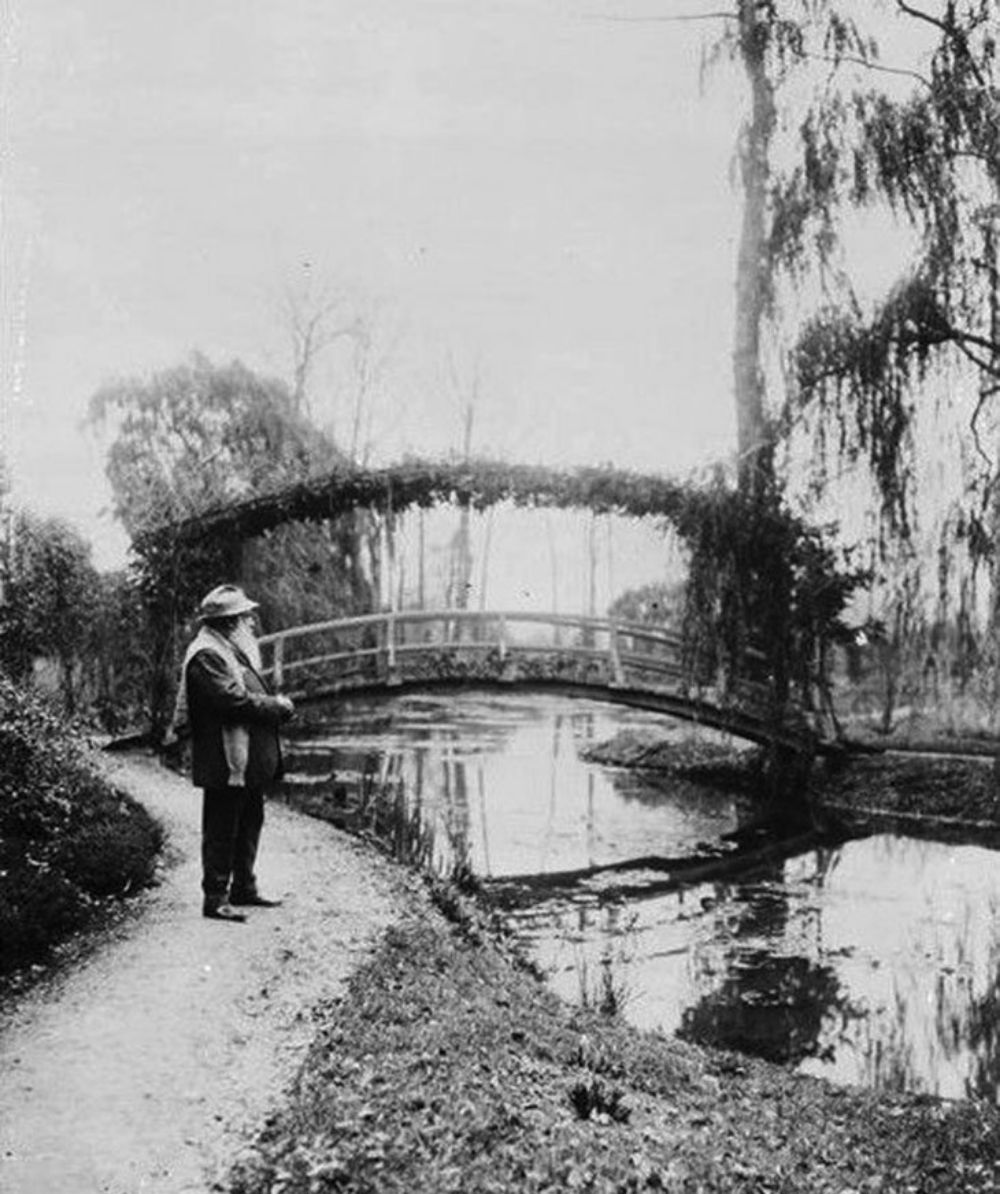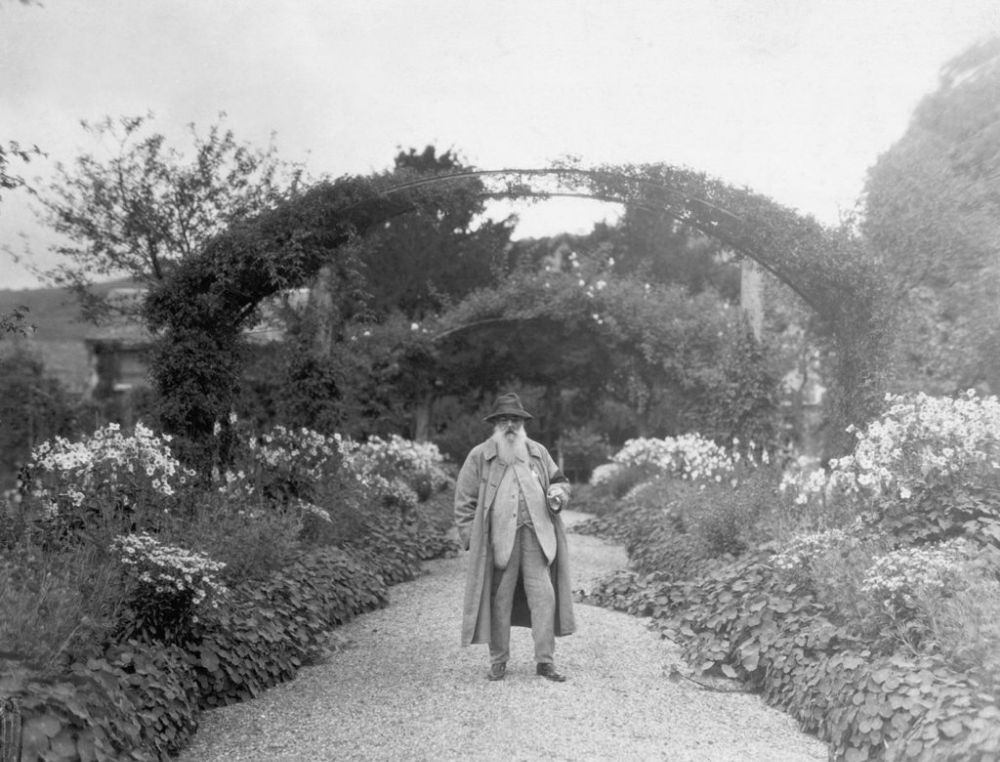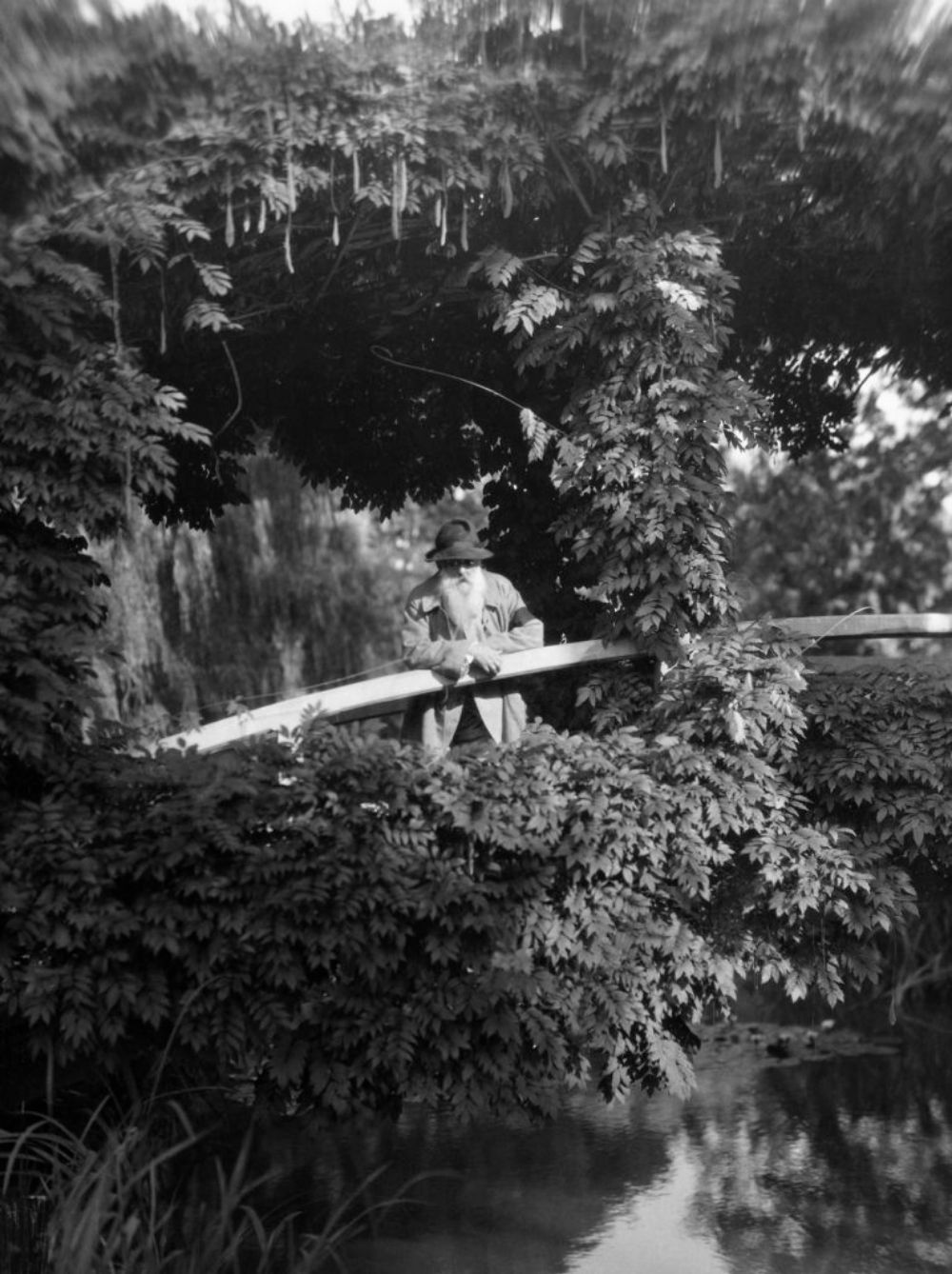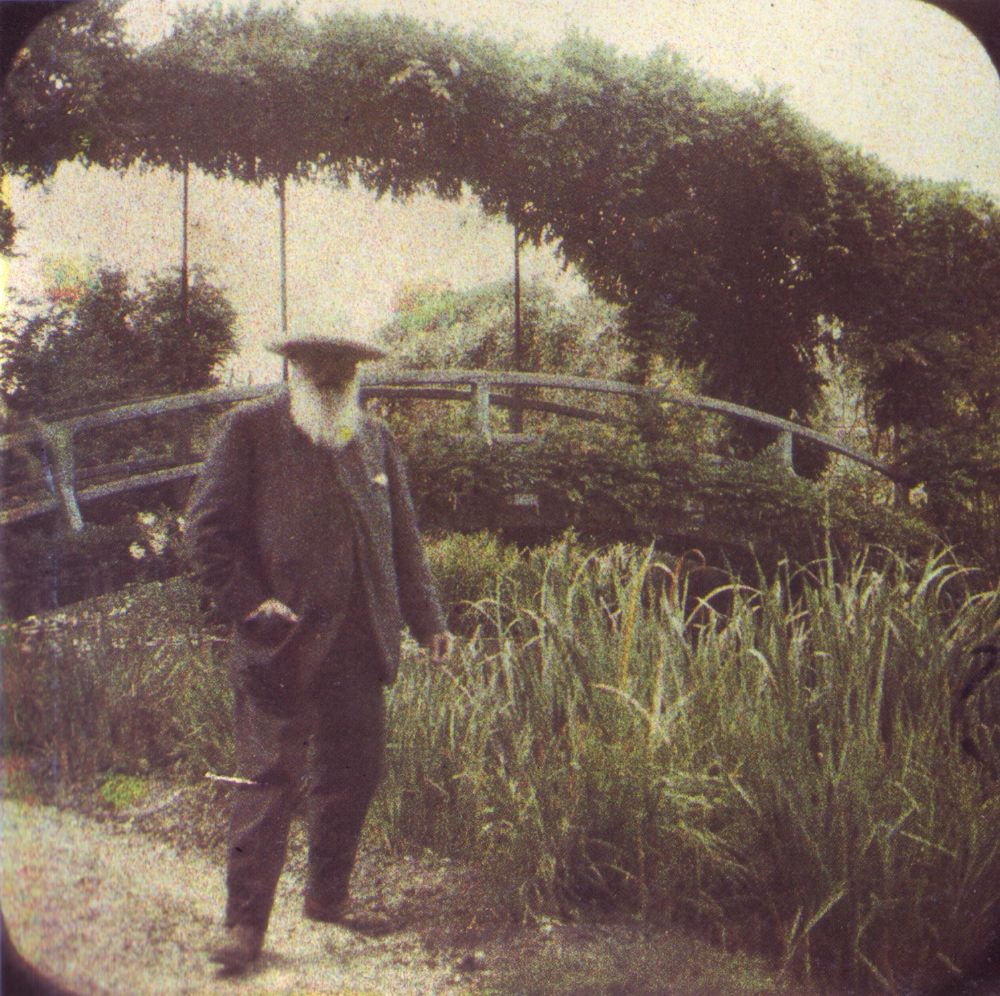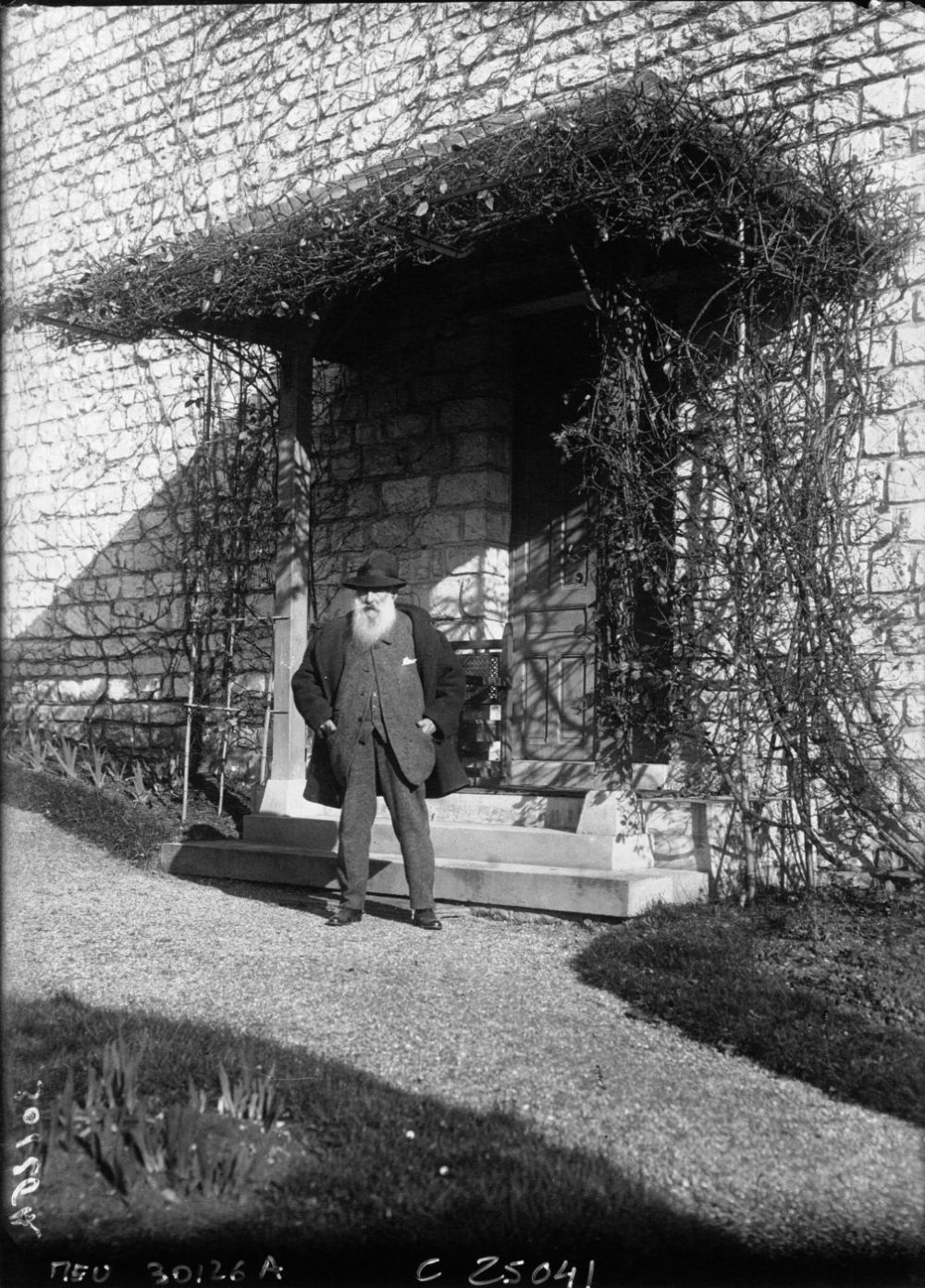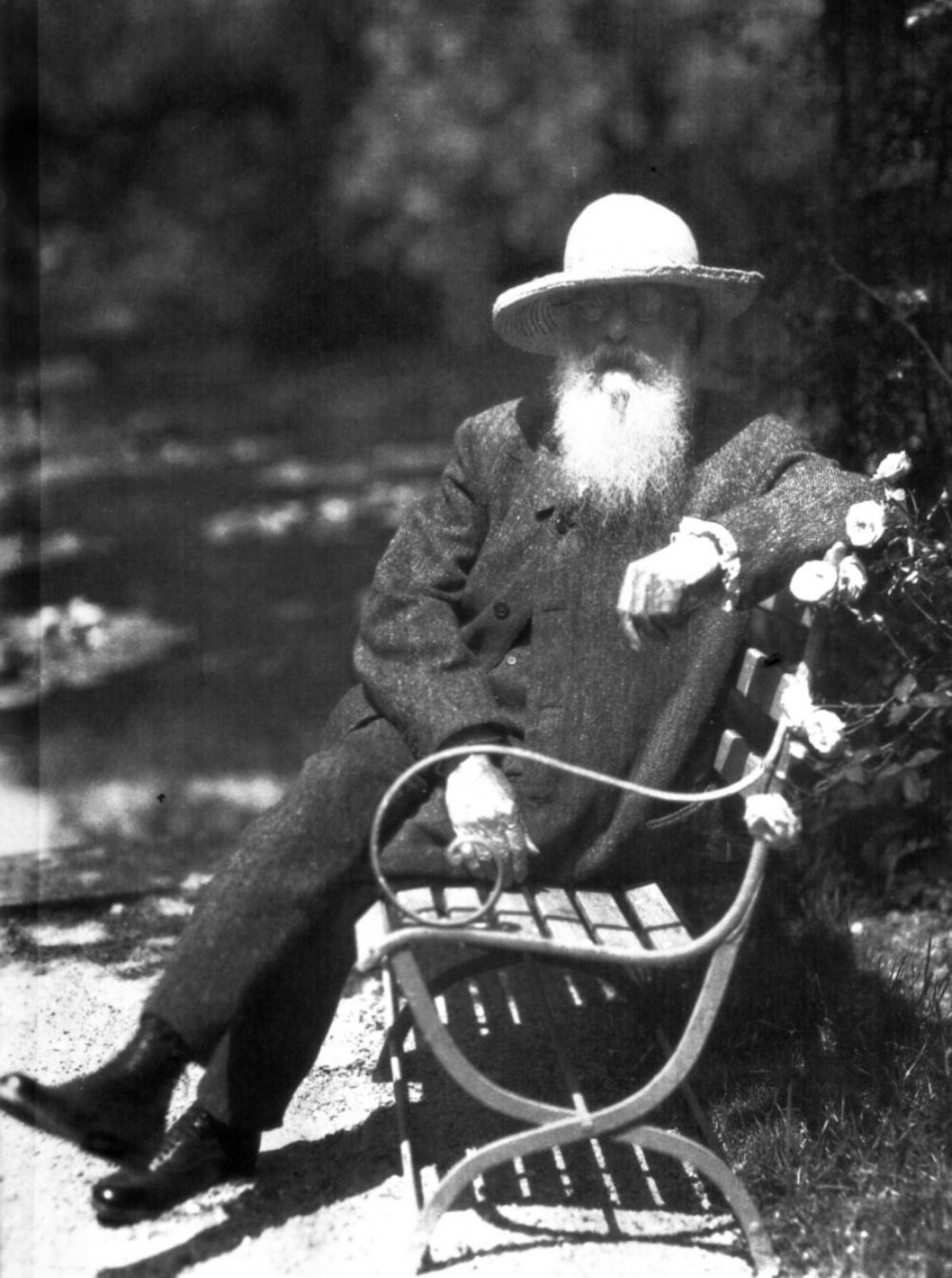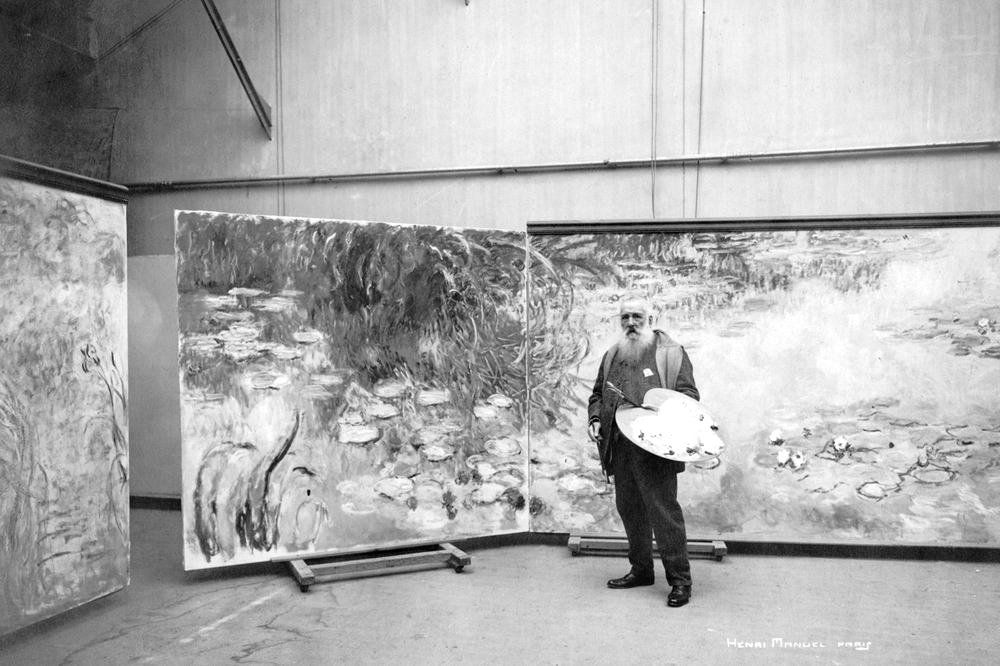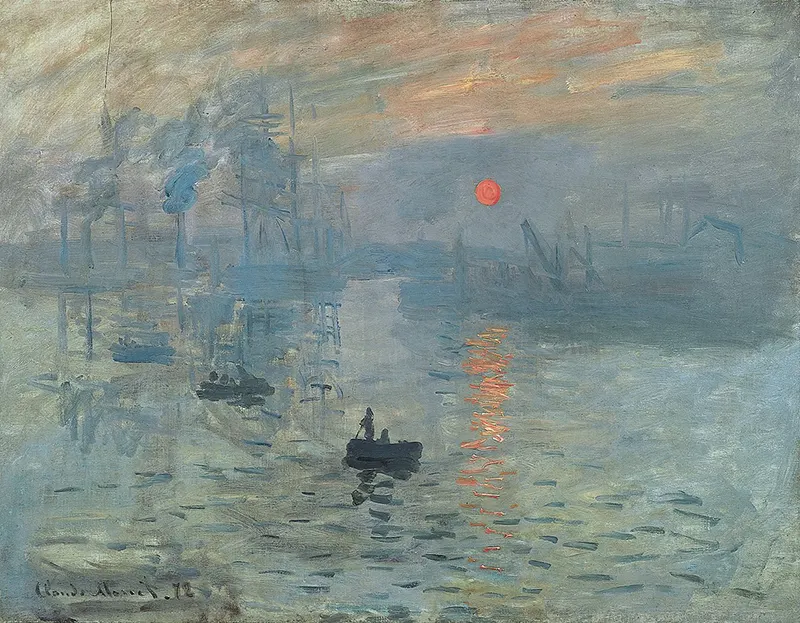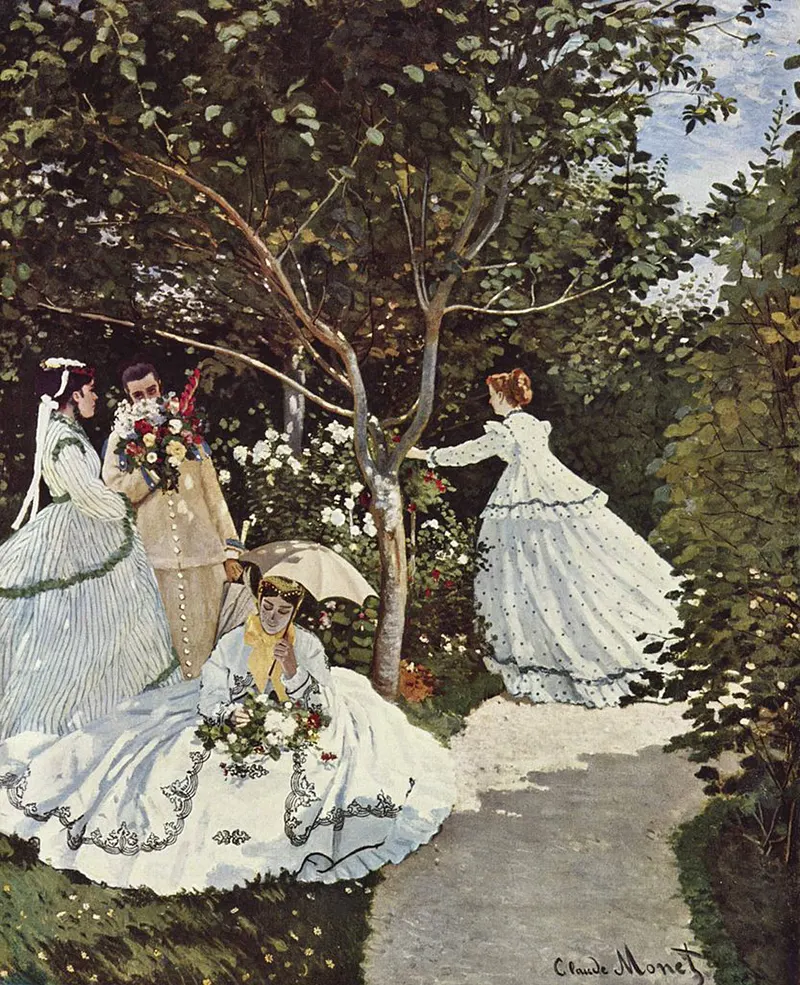His revolutionary approach to capturing the transient effects of light and color on canvas transformed the art world and paved the way for a new era of artistic expression. During his long career, he was the most consistent and prolific practitioner of impressionism’s philosophy of expressing one’s perceptions before nature, especially as applied to plein air (outdoor) landscape painting. The term “Impressionism” is derived from the title of his painting Impression, soleil levant, exhibited in 1874 (the “exhibition of rejects”) initiated by Monet and his associates as an alternative to the Salon. Frequently exhibited and successful during his lifetime, Monet’s fame and popularity soared in the second half of the 20th century when he became one of the world’s most famous painters and a source of inspiration for a burgeoning group of artists. While Monet’s artistic prowess is widely acknowledged, equally mesmerizing is his personal sanctuary—the studio and garden in Giverny, France. It is within the serene confines of this enchanting haven that Monet found solace, inspiration, and the perfect canvas to bring his visionary artistry to life. Nestled amidst the idyllic countryside of Normandy, Giverny served as the ultimate muse for Monet. In 1883, captivated by the village’s natural beauty, he decided to make it his permanent residence. Thus began the transformation of his property into a haven where he could fully immerse himself in nature’s splendor, creating a sanctuary where art and life intertwined seamlessly. At the heart of Monet’s sanctuary lies the studio—a modest yet evocative structure that became his creative sanctuary. Here, he delved deep into his artistic experiments, tirelessly exploring the interplay of light, color, and form to capture the ephemeral essence of the natural world. The studio’s large windows allowed streams of natural light to bathe the space, fostering an atmosphere conducive to artistic exploration. Within these walls, Monet blended pigments, mixed paints, and applied brushstrokes that would eventually come to define the Impressionist movement. Adjacent to the studio lies the jewel of Giverny—the resplendent garden that Monet meticulously designed and cultivated. Divided into two distinct parts, the Clos Normand and the Water Garden, the garden became both an artistic masterpiece and a wellspring of inspiration for Monet. Guided by his vision of harmonizing flowers, colors, and light, Monet’s garden became a living embodiment of his artistic philosophy. The Clos Normand, located at the front of the property, presents a captivating tapestry of vibrant flowers. Each plant is thoughtfully arranged, creating a symphony of hues that evolves with the passing seasons. Here, Monet experimented with color combinations and juxtapositions, using nature as his palette. From the delicate irises to the cheerful sunflowers, the ever-changing display of flowers provided Monet with an infinite array of subjects to capture and interpret on his canvases. Beyond the Clos Normand lies the ethereal Water Garden—a serene oasis that beckons visitors into a dreamscape of water lilies, weeping willows, and Japanese bridges. Monet, captivated by the interplay of light and reflections on the water’s surface, dedicated himself to capturing the ephemeral beauty of these scenes. Seated in a small boat, he observed and painted his iconic Water Lilies series, which would later become some of his most celebrated and beloved works. Monet’s garden in Giverny was not just a private paradise; it became a muse for countless other artists who flocked to witness its enchantment. The garden’s allure lies not only in its picturesque beauty but also in its ability to transform with the changing seasons. Each month, a new tapestry of colors and textures emerged, offering a constant source of inspiration for Monet and his contemporaries. As a cultural heritage site, Monet’s garden is protected and celebrated for its historical and artistic significance. Its status as a treasured landmark ensures that generations to come can experience the same enchantment that Monet found within its borders. Whether through the vibrant colors of the Clos Normand or the tranquil allure of the Water Garden, Monet’s garden in Giverny remains a living testament to the timeless beauty of art and nature.
(Photo credit: Wikimedia Commons / Pinterest). Notify me of new posts by email.
Δ Subscribe
